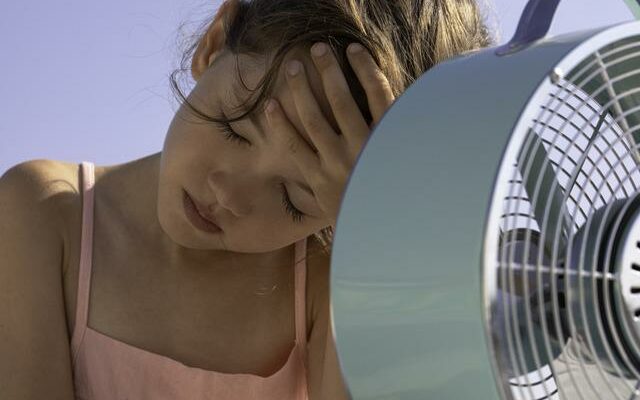As air temperatures remain above seasonal norms throughout the country, the danger of heat stroke has emerged. Even though it is only June, record temperatures are seen across the country. As summer temperatures rise, many people do not have enough information about the dangerous condition of heatstroke. Here are the symptoms of heat stroke and the precautions you should take…
According to the news on CNN, emergency physician and clinical associate professor from George Washington University, Dr. Leana Wen gave information about heat stroke and precautions to be taken against it.
Giving information about heat stroke, Dr. Leana Wen says, “Heatstroke is a medical emergency. It must be treated immediately as it can quickly become fatal. The body normally has the capacity to control and regulate its temperature. Heatstroke occurs when this mechanism works excessively. The body temperature rises rapidly and the person cannot cool down. Your internal temperature “It can quickly rise to 41 degrees or higher within 10 to 15 minutes. If this happens, the person may feel confused, dizzy, and faint. They may even begin to have seizures and abnormal heartbeats.” she said.
If anyone around you shows these symptoms, they should go to the hospital immediately. People around should not hesitate to call the ambulance.
THINGS TO DO WHEN HELP IS ON THE ROAD
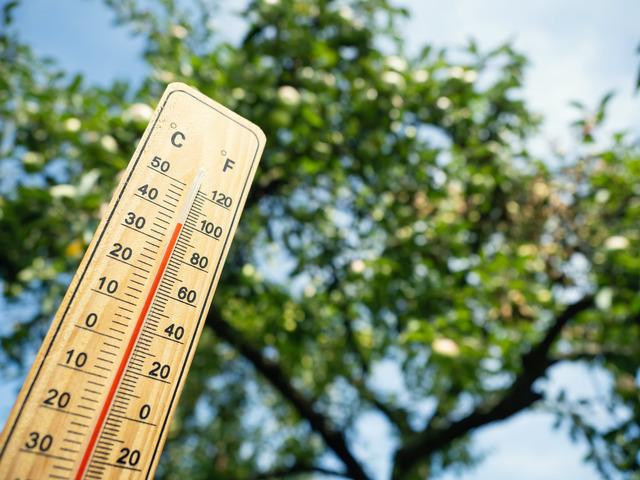
Wen: Move the person to a shaded, cool area. Place cold, wet washcloths or ice packs on your neck, armpits, and groin, and wet your clothing with cold water. Make sure you stay with that person until emergency personnel arrive.
THERE ARE LESS SEVERE TYPES
Wen: Before someone reaches the point of heatstroke, they may experience heat exhaustion. Symptoms include nausea, fatigue, dizziness, headache, excessive sweating, and cool, moist skin.

It is very important that you move to a cool place immediately. If possible, loosen your clothes and take a cool bath; If not, put wet cloths on your body. Watch for worsening symptoms, such as feeling faint and vomiting, and seek help if these occur or if you do not improve within an hour.
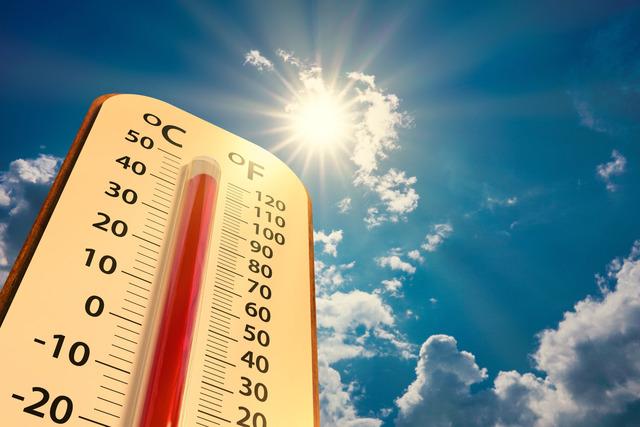
People who engage in physical activity may also experience heat cramps, which are painful muscle spasms in hot weather. They should stop exercising and drink water or electrolyte solution.
DIFFERENT TYPES OF DISEASES ASSOCIATED WITH EXTREME HEATS
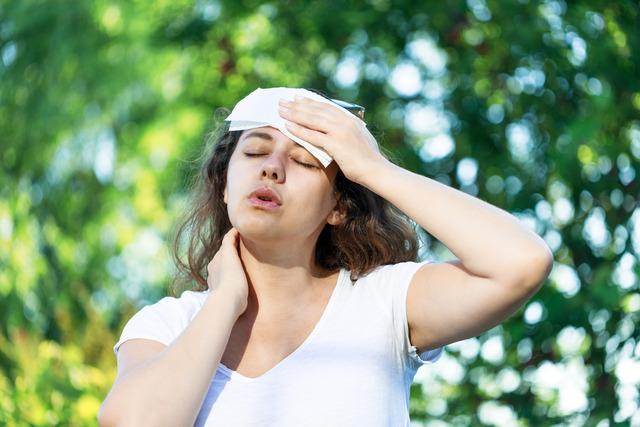
Wen: Extreme temperature actually has two important effects. The first is that the high temperatures we mentioned directly affect the body and cause it to overheat. The latter is caused by high temperatures that worsen an underlying medical condition. Extreme heat puts pressure on organs, including the heart, lungs and kidneys. Researchers estimate that the interaction between heat and cardiovascular disease is either a direct or contributing cause in 1 in 4 heat-related deaths. Extreme heat can worsen health risks from chronic conditions, including diabetes and some mental health diagnoses.
THESE GROUPS ARE AT HIGH RISK
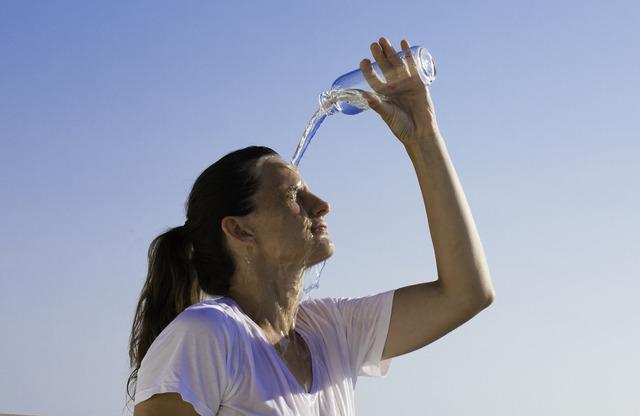
Wen: Extreme heat can affect anyone, but there are three groups of people most susceptible to its ill effects.
First, the very young and old. Both groups have less physiological reserve and may have more trouble regulating their body temperature. Young children may also not be able to express how they feel. Both groups are at higher risk for dehydration.

The second group includes people with chronic medical conditions. Some medications can affect the body’s ability to adapt to changes in temperature. Excessive heat puts stress on organ systems, worsening underlying conditions.

The third category includes people with occupational exposures or socioeconomic constraints that increase their exposure to heat. This category includes people who must work outdoors and people experiencing homelessness or who otherwise lack access to cool spaces in their homes.
WHAT SHOULD GROUPS AT HIGH RISK DO?

Wen: While heat advisories are being issued, everyone needs to take additional precautions. Even before temperatures reach the point that would trigger these recommendations, the elderly, the very young, and those with underlying medical conditions should try to limit their time outside during the hottest parts of the day. Try to exercise early in the morning or in the evening. If you must be outside during the day, find a place that is as shaded as possible. Make sure you stay hydrated.

Those around vulnerable individuals can help them stay safe by monitoring the time they spend outdoors when it is hot and watching for associated symptoms. Never leave children, older adults, or pets unattended in the car; The temperature inside the car heats up very quickly and can be fatal.

People who work in jobs that require them to work outdoors should be careful. They should drink plenty of fluids, use good sun protection, try to stay in the shade when not working if possible, and cool off in air-conditioned areas. Those experiencing homelessness or without access to air-conditioned spaces should seek out local resources such as cooling centers and temporary shelters during heat waves.
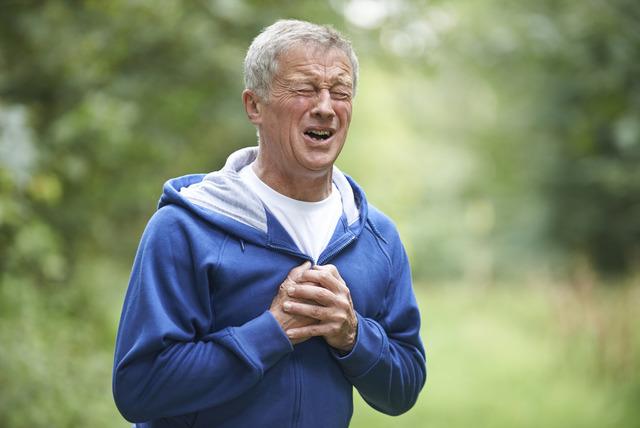
Extreme weather events are a time when we all need to pay attention to the people around us. Keep a close eye on the kids and be sure to check on elderly neighbors and others in our community who may need help.
